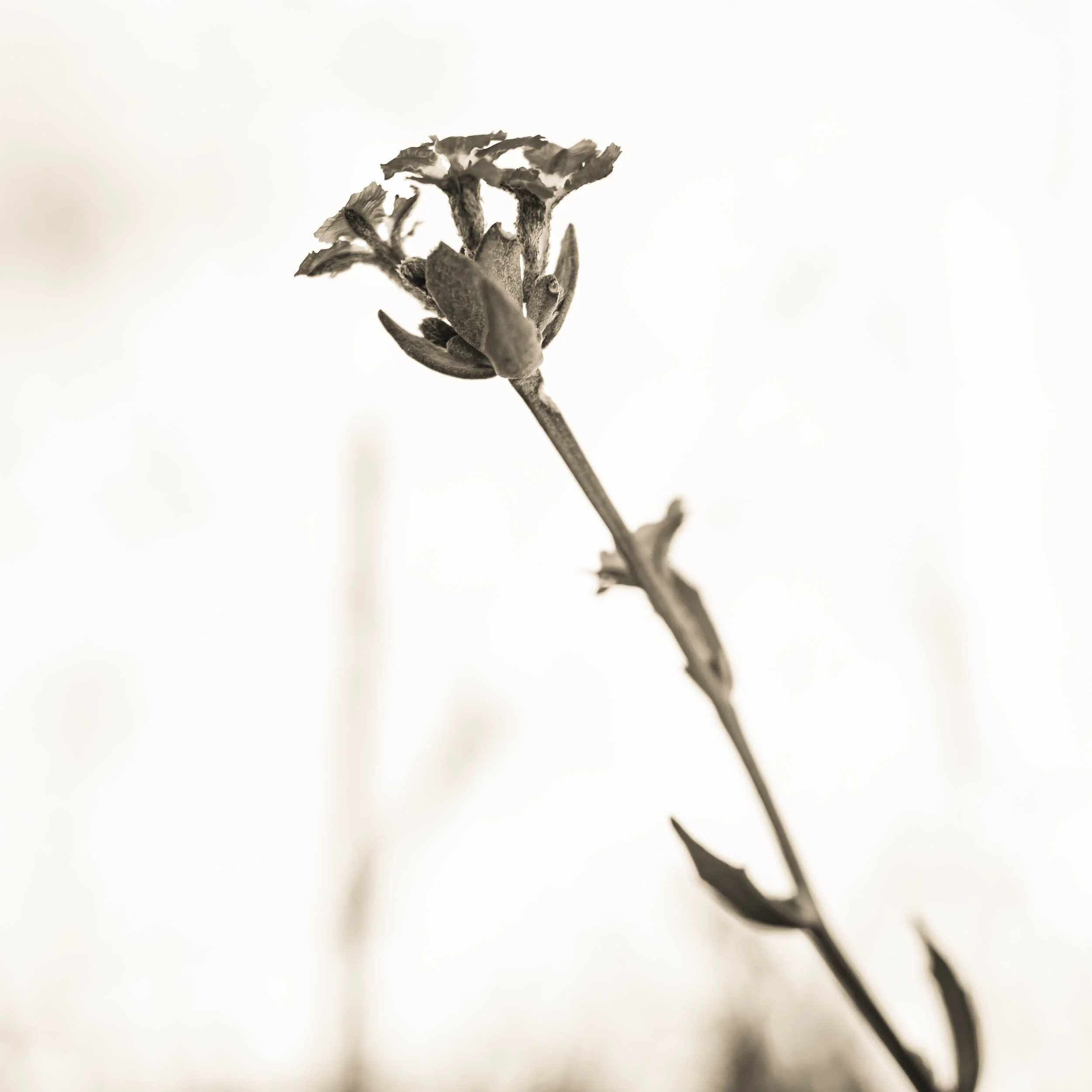EX55 Soft Light - Hard Light
Many say there isn’t good light. Just different light. Some photographers, sometimes myself included, find ourselves caught in the trap of becoming a light snob. Meaning we ignore certain lights and favoring others. Unfortunately this is a very limiting belief that constrains our photography. Freeman Paterson is quick to remind us that there is an amazing photograph right now, right where we currently are. We just need to search, explore and look for it. This week we are going to intentionally explore to ends of the lighting spectrum, soft and hard light.
Hard light refers to direct light that has no diffusion. The light comes straight from the source. Strong, one direction, and fierce. The unfiltered sun is the most obvious example. Because it travels such a long way to get to us, the rays are virtually parallel, and there is no discernible fall off in strength at most working distances. A bare light bulb or a flash is another source of light that creates hard light.
Soft light means that the light is diffused by something that changes the direction of the light, so that the light rays are hitting the objects at different angles. The key to seeing soft light is in the shadows, for they are soft and gentle, or even non existent. Diffusers come in so many different forms. Naturally they occur with clouds.
On a day with blue sky and some clouds, you can experience both soft and hard light on a subject just moments apart. A cloud blocking the sun, even for a short time, floods the ground with soft light. Direct sunlight with no clouds gives you a hard harsh light.
The natural light around the world is different in different countries. Here in Sydney, Australia, we generally have a very harsh direct sunlight. In Tasmania it is softer and in Darwin it is even more harsh. I noticed this in an extreme case when I visited the United Kingdom. The light, even in full sun was so much softer than what I had experienced here.
Mist and rain are my favorite diffusers. Working in the shadows of buildings and cliffs / mountains is another way of diffusion. The light is bouncing off things to get to us, and has become multi directional in the process.
When using artificial light, you can use anything transparent to diffuse the light to make it softer. A piece of muslin works well, a sheet of grease proof paper is another. Bouncing the light off a white wall or piece of cardboard is another. There are many lighting modifiers that intentionally soften the light by diffusing it. Umbrellas, softboxes, beauty dishes. and diffusers. to name a few.
So, this week, you are to photograph the same object / subject in both light. You are to experiment and trial different objects and subjects in both lights. Your goal is to show us, an example of a photograph, that is resolved, in soft light, and another that is an example in hard light. It would be handy for the rest of us to see both photographs though. So we can also see the one that doesn’t work so well.
Handy hints.
Soft light makes things look gentler, and more feminine.
Hard light makes things look bolder and stronger and more masculine.
Soft light has varying degrees of soft shadows to none at all
Hard light has hard clear shadows, ones you could trace a pencil line around
If the sun doesn’t come out this week, you can resort to a light bulb for your hard light. Just photograph at night and have only that one light on.
If it is sunny, you can photograph the object in the full sun, then create a shadow over it to photograph it in soft light.
Always consider the background.
Make special note of how the colours shift under each lighting condidion
For long term reference record the exact lighting conditions.
As usual I look forward to seeing your work.
Attention: Please note that the free weekly exercises will soon be moving behind the paywall in the Len’s School Creative Community. This means that the content and the photographs you post will no longer be seen by the public. We will dis the ‘Disqus’ comment system that causes many problems. It also means that to continue with these exercises you will need to be a subscriber. I will be offering a special for our Founding Members that will guarantee a lower subscription for the life of a continuous subscription. I am working hard at finding solutions to create a gated private photography community that is full of learning, support and inspiration. The sort of place I want to hang out in and share my photographs in. The sort of place that I am not afraid to ask questions and seek support. A place full of inspiring content and learning. You can expect me to discuss this further in the coming weeks. And for this to start sometime in March 2020.
Hard light - full sun
Hard light - full sun
Soft light on flower - Created with shadow from my body, and full sunlight on the background
Soft light on flower - Created with shadow from my body, and full sunlight on the background
Considered a masterpiece and a beautiful example of hard lighting. Dancing Tea Cups - Olive Cotton.
Another famous hard light example by Olive Cotton. Glasses 1937




